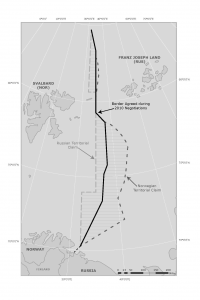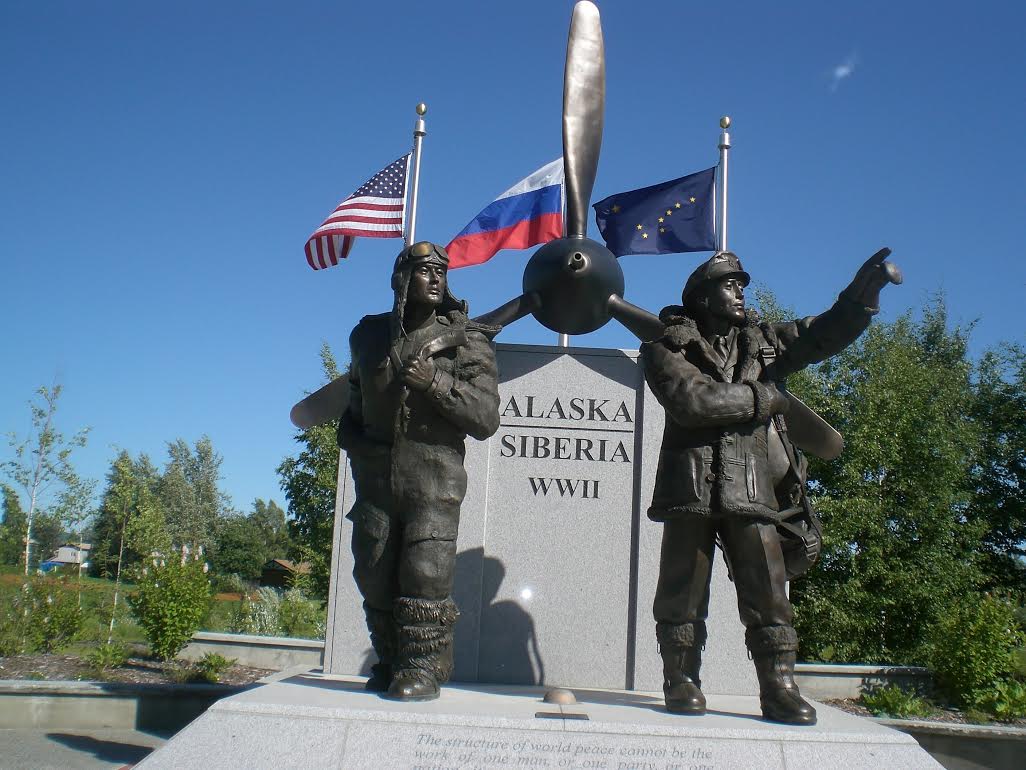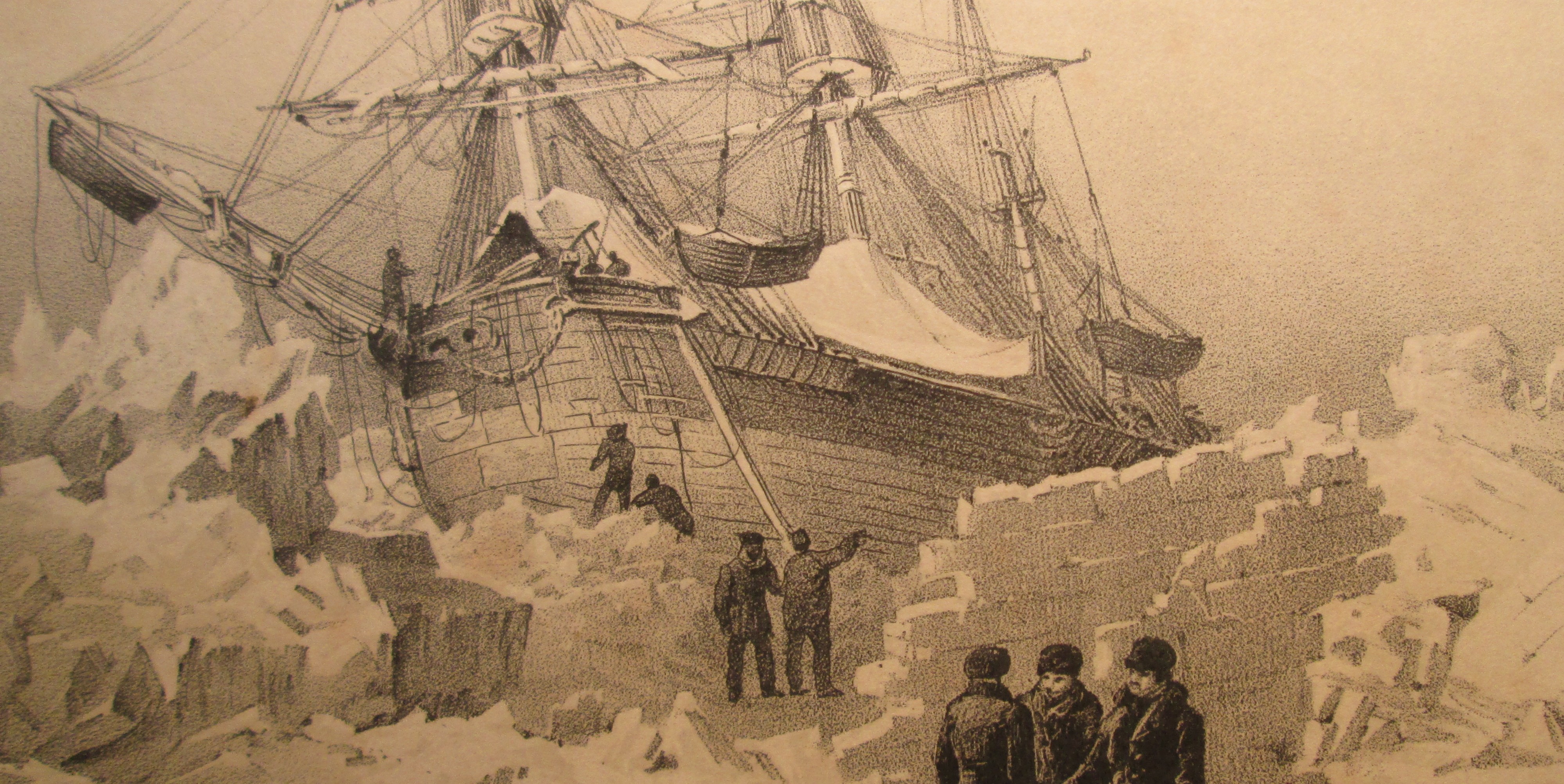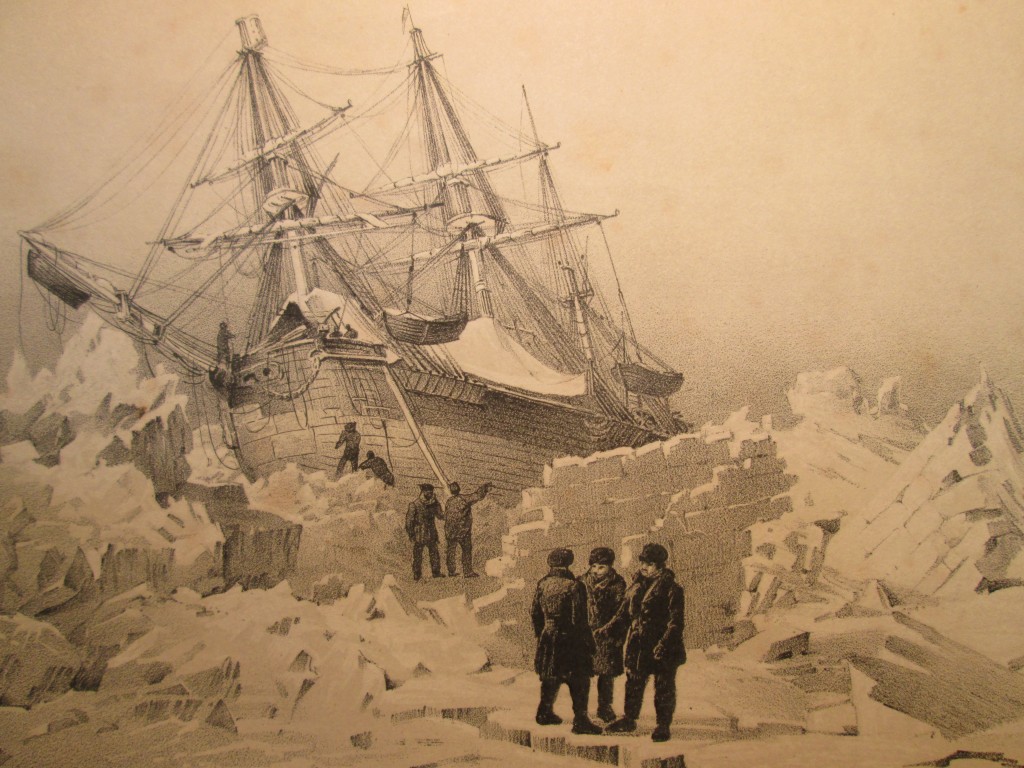There has been a lot in the news over the past few months about Russia’s military activity in the Arctic, with many media channels portraying these actions as part of an aggressive geopolitical strategy, with a revived Cold War narrative from both the Western and Russian side. These sensationalist stories should be interpreted with healthy skepticism, as military activity in the region by an Arctic state is not unusual or unprecedented, and because the Arctic is a region that has a history of beneficial and peaceful international cooperation. However, we should not ignore the recent uptick in military activity (Figure 1) in the region because military investment is a strong economic driver of growth for urban centers in the Arctic.
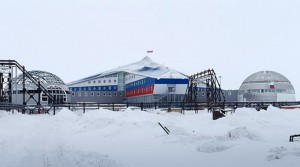
The growing accessibility of the Arctic region due to climate change will likely increase activity in the region, both commercially and militarily. Therefore, it is important to analyze the best practices for sustainable growth affiliated with military investment and to prepare Arctic communities for the benefits and drawbacks of such growth.
Military activity in the Arctic is not a new phenomenon. In fact, it has a long history, especially in Russia where Arctic exploration and settlement has been happening for centuries. Due to the expenses associated with exploring such a large and remote territory, as well as the significant danger, the government was always involved, beginning with the earliest monarchies. Most explorers, Arctic or otherwise, were affiliated with their governments through their militaries. English Arctic explorer John Davis fought for England against the Spanish Armada in the 16th century, and Danish-born Vitus Bering, served under the flag of the Russian Imperial Navy during the 18th century. The militaries were often the only institutions with enough resources and experience operating in harsh conditions to support such wild and dangerous expeditions.
This trend of military involvement in Arctic exploration continued, and was not limited to Russian and European actors. Immediately following the purchase of the Alaskan territory in 1867, the US military
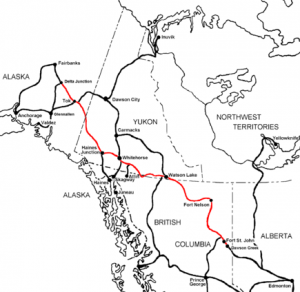
began to develop bases and send out geographical exploration missions. The development of Alaska continued throughout the early 20th century and was accelerated by World War II and concerns of a Japanese invasion into this northern territory. In 1942 US military needs resulted in the construction of the Alaska-Canadian highway (Figure 2), a 1,420-mile long road linking the continental United States with the Alaskan territory. This road was heavily used during World War II for the lend-lease program which saw the US deliver about 8,000 military aircraft to the Soviet Union using the Alaska-Canada highway and the Airbases around Fairbanks, Alaska (Figure 3). Following the war, the highway opened to civilian use and provides a vital overland route between urban centers such as Fairbanks and Anchorage and the rest of North America. The important highway remains in use today, and such infrastructure would never have been built without significant military investment. These are but a few examples of the effects of military activity in the Arctic, and how it can have a positive effect on the development of Arctic communities, given a climate of peace and cooperation.
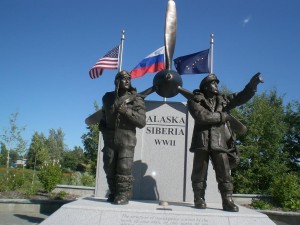
Russia declared in its 2014 military doctrine that the Arctic is a “vital sphere of interest” for the first time. Russia has renovated and reopened several military bases on the New Siberian Islands and the Novaya Zemlya, Franz Josef Land and Severnaya Zemlya archipelagos, as well as making significant investments in upgrading the Northern Fleet, based in Severemorsk near Murmansk. Russia has also moved forward with the construction of continually operating airfields
in Tiksi, Anadyr, Vorkuta and Temp, and on the Kotelny Islands. As the North Pole represents the shortest air-route between Russia and North America, such investments have certainly not gone unnoticed by the US and their NATO allies, who have their own bases in the region (Figure 4). However, western media has greatly exaggerated the scope of these Russian military activities and has made considerable assumptions on Russia’s intentions when reporting on these issues. If the US military isn’t overly concerned, then the public should not be worried. The United States and its allies also maintain significant forces in Norway and other Arctic territories to balance out Russian military resources there. Moreover, the number and scale of Russian military operations in the Arctic remains well below Cold War levels. The fact is that as the Arctic warms and become more accessible, both in terms of resource extraction and the development of trade-routes, such as the Northern Sea Route, the region will take on a new significance in the global balance of power. Up until now, the permanent Arctic bases (Figure 4) that Russia has reopened have been support oriented, not being developed enough to support a full-combat presence.
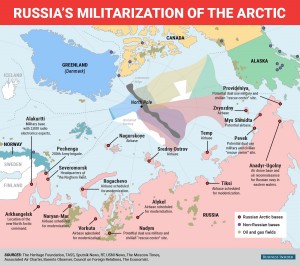
It is more likely that these bases will improve Moscow’s ability to keep tabs on activity in the Arctic, including the monitoring of conditions and ships on the Norther Sea Route, as well as serving as support bases to further develop the region. While these new military investments are strategic in nature and meant to assert control over Russia’s Arctic territory, they are not a viable platform for Russia to threaten the national security of the US.
Historically, military investment can result in the growth of large urban centers in the Arctic, and, more importantly, provide a significant economic boost to these cities. This was the case in Murmansk, Russia, a trading-post whose year-round ice-free harbor was strategically enticing to the Russian Empire in World War I. The construction of a railroad connecting the region to the rest of Russia resulted in the growth of the town and the construction of a port and naval base. The city continued to grow and was an important port during World War II and beyond, being nicknamed the “gateway to the Arctic.” The presence of the Northern Fleet of Russia’s navy in Severemorsk, just a few miles north of Murmansk, has continued to play an important role in the city’s economy, alongside the more traditional industries such as mineral extraction. Renewed investment in the Northern Fleet and the expansion of Russia’s nuclear ice-breaking fleet has resulted in the improved maintenance of infrastructure in the region, but has also supported the secondary economy with soldiers and officers representing a new and relatively well endowed customer base. Arctic cities in the United States also have benefited from military presence, with Fairbanks, Alaska playing host to several US Army and Airforce bases (Figure 5).

The military built its first base near Fairbanks in 1939 and its presence has continued to support the growth and sustainability of the city, both in terms of infrastructure development and the growth of a secondary economy based on spending by military personnel. Though the US has pondered reducing the size of its military in Alaska, such a move no longer seems likely in the context of increased Russian activity in the region. The major cities of Murmansk and Fairbanks will continue to benefit from an existing military presence, while the urban areas such as Tiksi, Anadyr, Vorkuta and Temp could see significant growth from investments in transport infrastructure and the influx of military and research personnel.
However, it is important to realize that military investment can also have negative impacts on Arctic communities. Though there is no overt reason for concern, whenever you have an increase in military presence in a region, there is a heightened risk of an accident or conflict. This is especially true given the state of the broader globally oriented geopolitical situation currently. While military investment in the Arctic itself has been focused on scientific and support activities, which can be hugely beneficial to Arctic communities, an actual flare-up would be devastating. Luckily, there are still many voices of reason among the global community of think-tanks and policy advice institutions. The Brookings Institution published a report in 2016 calling for increased cooperation between the US and Russia in the spheres of research, natural resource exploration, and search-and-rescue (Figure 6).
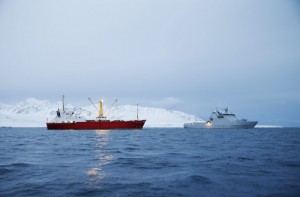
This kind of press promotes a climate of healthy and honest dialogue between the two countries, while helping soothe fears over an arms-race in the region. Kenneth Yalowitz, Director of the Conflict Resolution Program at Georgetown University, Global Fellow at the Woodrow Wilson Center, and former U.S. Ambassador to Belarus and Georgia, sees Russia’s military presence in the Arctic as defensive in nature, welcoming constructive Russian activity in researching climate-change, and supporting economic development. The Arctic region has long been an example of beneficial international cooperation and successful diplomacy, even in the face of broader geopolitical tensions, such as the peaceful resolution of the Russia-Norway Barents Sea territorial dispute (Figure 7). Therefore, it is imperative that all actors in the Arctic do their very best to conserve and further develop the precedent of strong cooperation in the High North, and not pay too much attention to the fear-mongering tales of aggression or tension in the region which have been propagated by the mainstream media.
